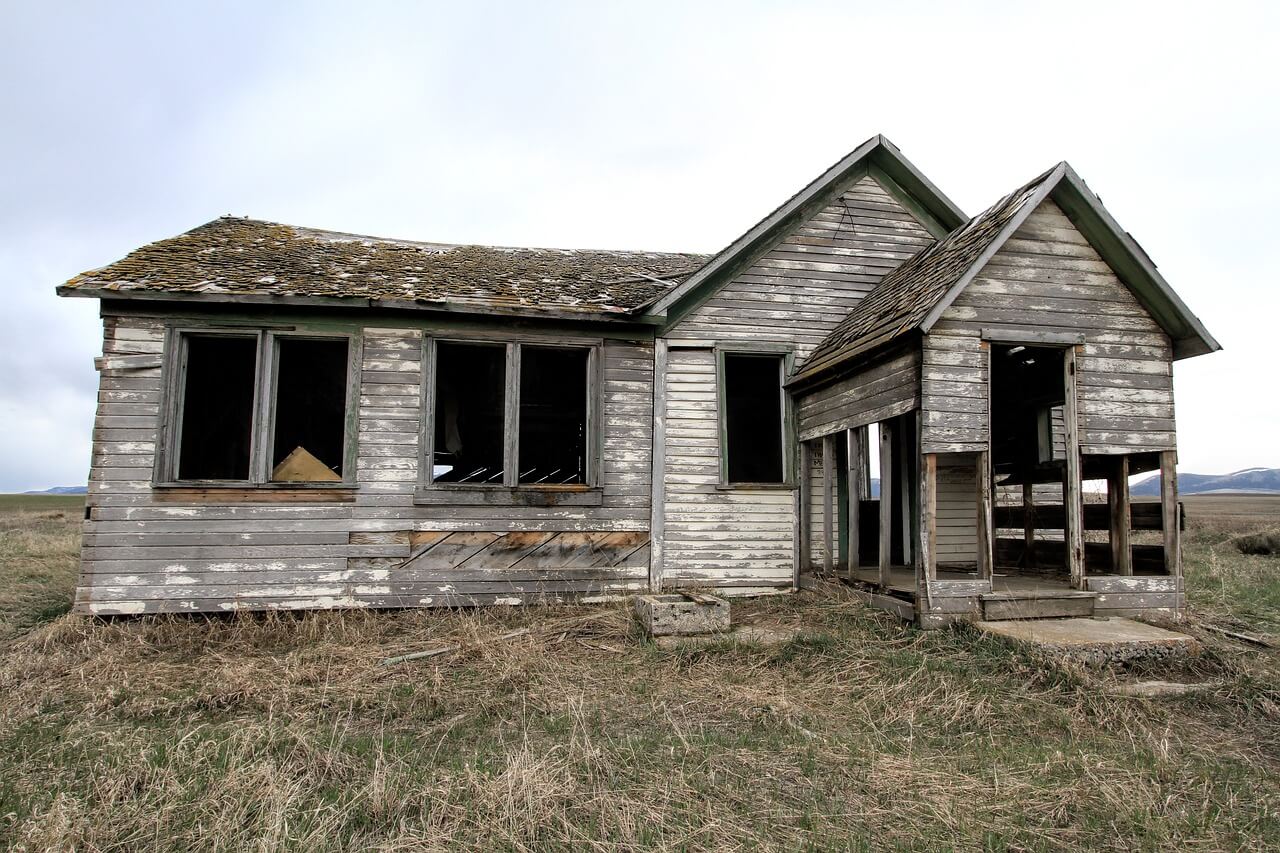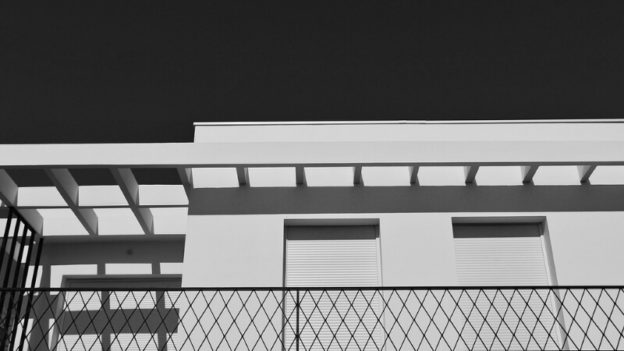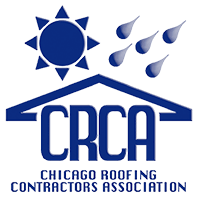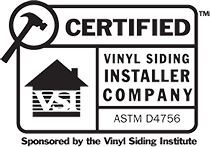If you’ve got a home with a flat roof, you might already be aware of some of the flat roof problems that come with it. If not – then this article might be for you. Whether you already live in a flat roofed home, are thinking of buying one, or are thinking of getting one installed – there are some things you need to know first.
While flat roofs can be a cost effective solution – they aren’t always the best choice. If you already live somewhere with a flat roof, you might seriously need to consider getting your home re-roofed if you want to avoid them.
The reality of that is – a new roof can be expensive. You might not even be able to fit a new non-flat roof on your property or be allowed it because of planning restrictions.
You might be asking yourself: if flat roofs have so many problems – why do so many homes have them? There’s one common answer to that question – they’re cheap.
Flat roofs can be some of the quickest, easiest and least-expensive ways to get a new roof on your property and are used extensively in home developments that want a quick and cheap finish.
But often – you get what you pay for. And flat roofs have more problems than most.
If you want to know more about flat roof problems – you’re in the right place. Let’s have a look at them:
Flat roof problems: Leaks
 One of the most common problems with flat roofs, and one many flat roof homeowners have been complaining about for years – is leaks. If you think you’ve had leaking problems with your traditional roof, you probably haven’t lived in a home with an old flat roof.
One of the most common problems with flat roofs, and one many flat roof homeowners have been complaining about for years – is leaks. If you think you’ve had leaking problems with your traditional roof, you probably haven’t lived in a home with an old flat roof.
While some flat-roofed properties manage to get by without leaks – many don’t. While all roofs can develop leaks from time to time, because the flat roofs are flat – the water doesn’t have anywhere else to go other than straight down.
That’s why leaks are such a problem with flat roofs – it’s not that they are more likely to occur, it’s that when they do, they cause a much bigger problem.
When moisture goes straight down instead of draining off like it might on a leaky normal roof, the water can get into the roof itself and cause problems with mold and fungus.
If you’ve got a flat roof and are worried about leaks leading to complications like this – the best solution is to get your roof inspected by a professional roofing contractor often and any issues dealt with quickly and effectively as soon as you find them, to prevent any complications.
Alligatoring
 While alligatoring might sound unusual – it’s actually one of the most obvious signs that your roof needs replaced. Alligatoring is a result of aged old asphalt cracking due to a loss of elasticity.
While alligatoring might sound unusual – it’s actually one of the most obvious signs that your roof needs replaced. Alligatoring is a result of aged old asphalt cracking due to a loss of elasticity.
The cracked and bubbled roof is said to resemble the skin of an alligator. If this happens to your roof, there normally isn’t anything you can do about it other than getting a new roof installed.
Membrane buckle
While flat roofs are often built in a similar way to traditional shingle roofs – one way they differ is that the membrane on a flat roof is all one piece. This can cause a number of issues – particularly that over time, buckles can occur in the membrane as it doesn’t have the space to shift or move as your home does when it ages.
A buckling roof is no longer safe, and can cause even bigger problems if you leave it. You need to get a buckled roof fixed as an urgent priority.
Flashing is another common problem with a flat roof
 Along with shifting due to the age of a home, asphalt roofs also expand and contract in phase with changing weather conditions. What this means for your flat roof is that extended expansion and contraction can cause the flashing to come away from the corners and edges of the roof.
Along with shifting due to the age of a home, asphalt roofs also expand and contract in phase with changing weather conditions. What this means for your flat roof is that extended expansion and contraction can cause the flashing to come away from the corners and edges of the roof.
This can cause moisture to get trapped inside the roof itself – causing similar issues to those we looked at earlier.
While flashing doesn’t always call for a completely new roof straight away, it needs to be maintained carefully and any leaks need to be fixed quickly and effectively. When they get too serious, you might need a new roof.
Water pooling
When it rains, there’s nowhere for the water to go on a flat roof. That’s one of the main reasons traditional pitched roofs have been so popular for centuries.
They provide easy drainage so that any water that goes on the roof can flow off. It’s also why flat roofs are mainly used in places that don’t get a lot of rainfall (or snow).
So if you’ve got a flat roof somewhere where it does rain – you’ve got problems.
As your home ages, it might move a bit and the roof may settle in, making water pooling issues even greater – and making it even harder for rainfall to drain off.
This can cause water to get into divots or dips in your roof and can even seep into deeper layers of the roof, causing further problems.

If you’ve got a flat roof, especially on a slightly older home – you might want to take extra care to make sure you’re draining it regularly, especially if it’s been raining a lot.
Make sure you sweep excess water off regularly if you have safe access to your roof. You can also install other drainage solutions. If you leave the problem without addressing it, it might cause damage that requires your roof be completely replaced.
A poorly draining flat roof could need to be completely replaced much sooner than one that drains well.












